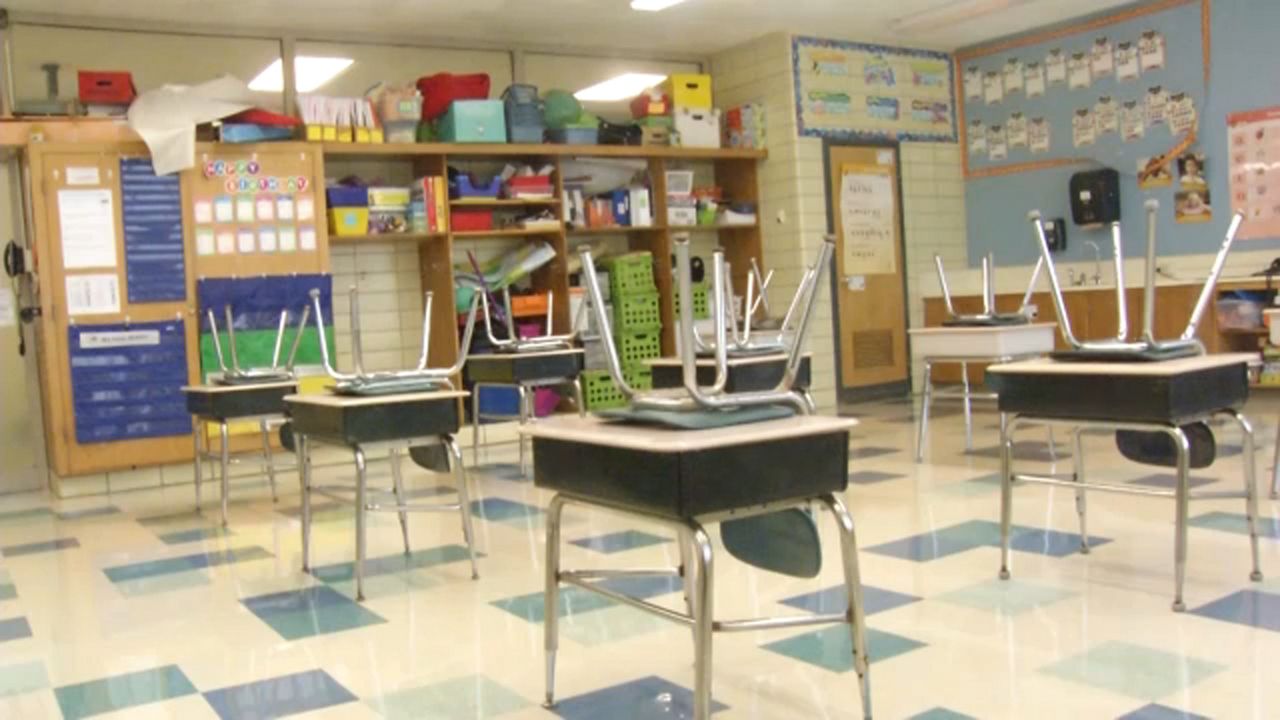A big question hanging over the minds of parents, students, and teachers across North Carolina is: when will schools get back to normal?
After hearing from educators, political leaders, public health officials, and others, the short answer is, hopefully things can get somewhere close to normal by the next school year.
Since the coronavirus pandemic hit the state in March, educators have had to basically throw out the playbook and write a new one as schools shut down and kitchens and living rooms became classrooms for remote learning.
The story of the first half of this school year has been one of uncertainty. Will kids go back in the classroom, when, which grades, will they be safe, will their teachers get sick, can they play sports? And the struggles for many students to get good internet access has been brought into sharper focus.
The beginning of the second half of this school year looks to be much of the same: uncertainty, flexibility, masks, and social distancing. Many public school districts in North Carolina have already decided to stay remote-only until at least after Martin Luther King Jr. Day on January 19, but there’s no telling after that.
The good news is there are two vaccines that are 95% effective against COVID-19. But again, there’s more uncertainty about just when those vaccines will be available for teachers and students age 16 and older, and just how many will opt to get vaccinated. The vaccine is not approved for children.
On Wednesday, the North Carolina Department of Health and Human Services released new guidelines for who has priority to get the vaccine. The guidelines are broken down into four phases, and the phases are broken down further into groups.
Educators are in Phase 1b, listed as frontline essential workers based on recommendations from a federal public health committee. Teachers and school staff over 50 years old are in Phase 1b, Group 2, and the rest under 50 are in Group 3.
Students who are at least 16 years old, who are at a much lower risk of severe coronavirus complications, won’t get access to the vaccine until Phase 3.
For teachers and school staff, there’s still a big question mark as to when Phase 1b Groups 2 and 3 will be able to get the shot.
The state is still in Phase 1a of the vaccine rollout, and as of Tuesday, the state reports that less than 65,000 people had received their first shot of either vaccine. The state did say that number is probably low because it can take up to three days for vaccination data to be reported to the DHHS.
According to state estimates, which were released before the new guidelines, there are up to 238,000 people in Phase 1a and potentially more than 700,000 people in Phase 1b. The state says it hopes to get to vaccinating teachers “early in 2021.”
Here’s what DHHS says: “How quickly North Carolina moves through each phase will depend on the available vaccine supply. Currently, supplies are very limited. The federal government notifies states weekly of how much vaccine they will receive. We find out the week before how many doses of each vaccine we will receive for the following week. This makes it difficult to know when we will move to the next phase. We hope to be able to move to the next phase (1b) early in 2021.”
Both the Pfizer and Moderna vaccines require two shots before they’re effective. The second shot for the Pfizer vaccine comes at 21 days, and it’s 28 days for the Moderna vaccine. It could be months before teachers are fully vaccinated.
But even once teachers can get vaccinated, the virus is still spreading through communities across North Carolina. State DHHS Secretary Dr. Mandy Cohen said this week that it will probably be spring before there’s enough vaccine so everyone who wants a shot can get one.
“Until most people are vaccinated, everyone needs to continue to wear a mask, wait six feet apart, and wash their hands,” Cohen said Wednesday.
So even when students get back into classrooms regularly, as long as the virus is spreading in their communities, there will still be masks, social distancing, and all the rest of the health and safety measures that have marked the school year so far.
